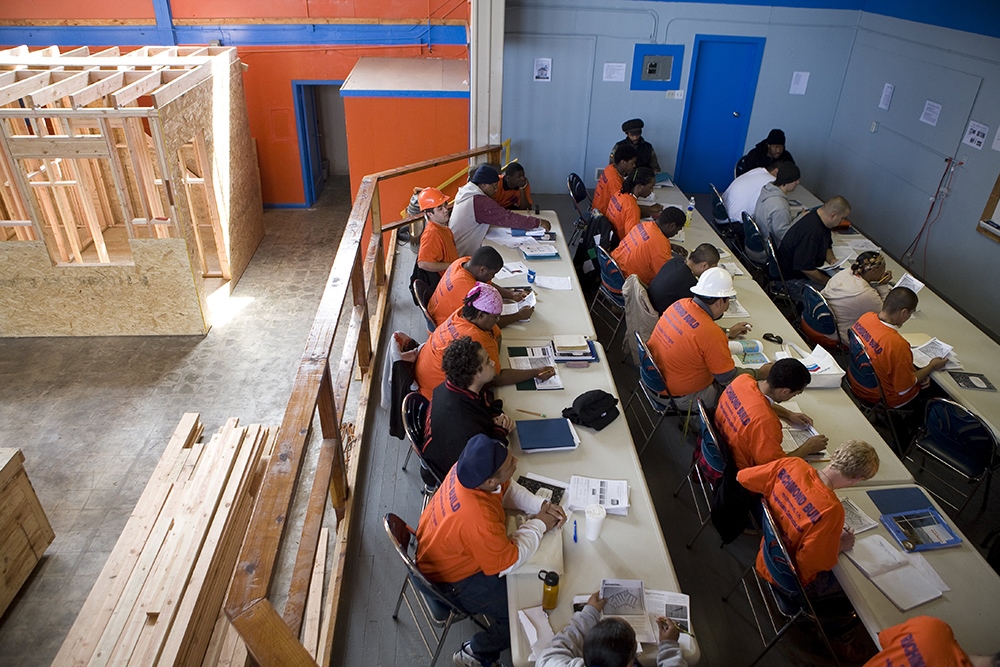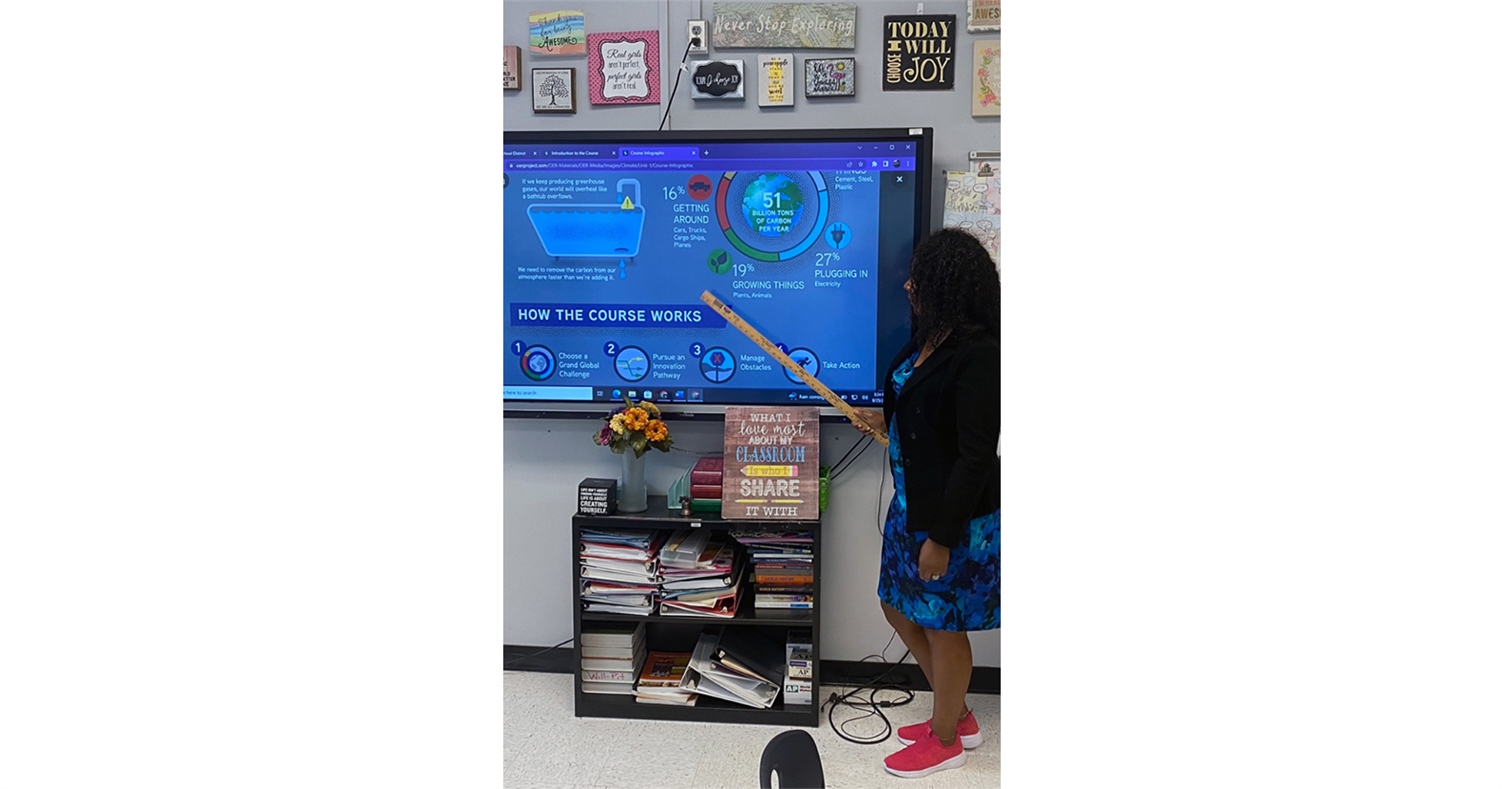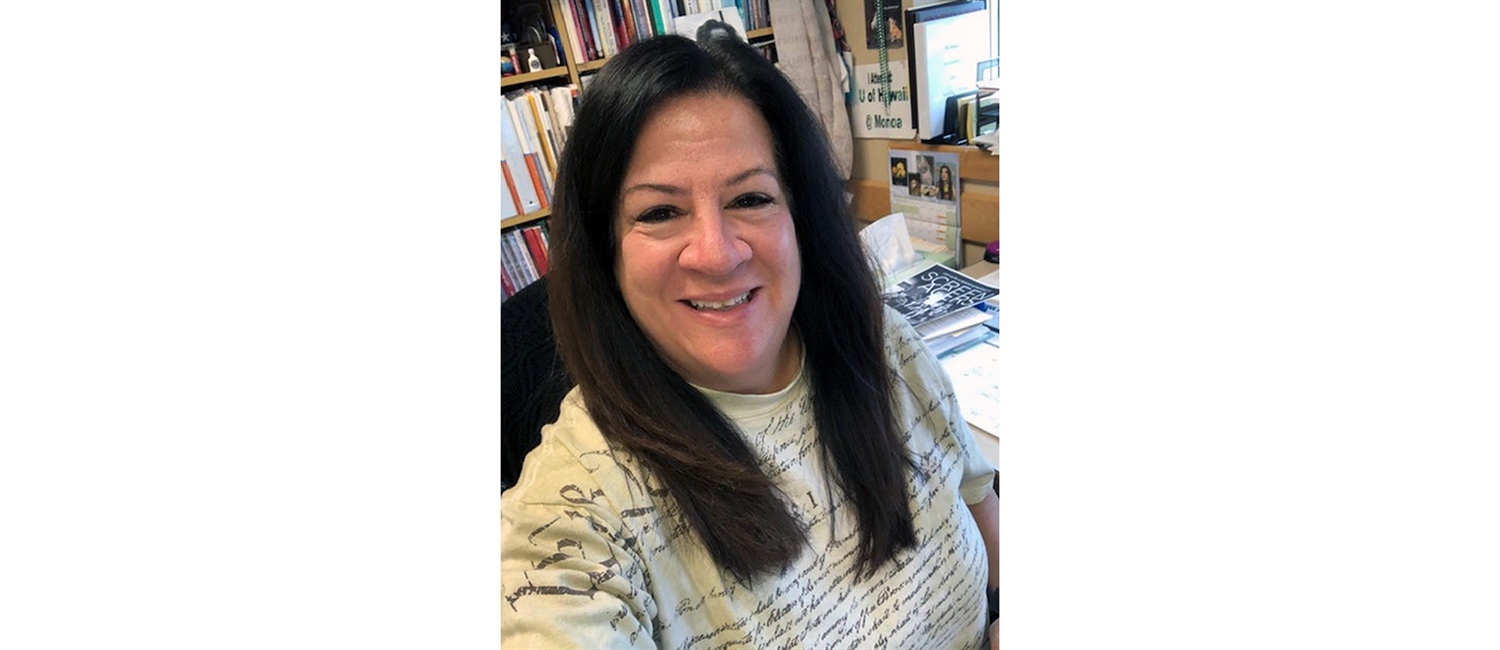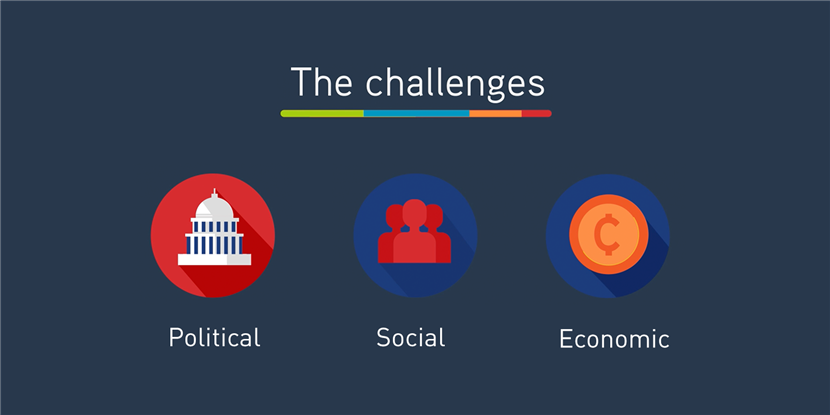By Molly Sinnott, OER Project Team
It’s a tough time to be a social studies teacher, but this work has never been more valuable to your students, your community, and the world. None of the challenges facing this generation of students can be solved without the skills-like critical thinking and argumentation - that students practice in social studies. This is especially true for climate change.
At its core, climate change is not just a science problem, it’s also a political, social, and economic problem. The solutions necessary to solve this problem require the civic awareness, career preparedness, and global understanding that only social studies educators can teach.
Now, I’ll venture a guess that I don’t have to spend too much time convincing you that climate change is an important topic. You’ve probably already spent a lot of time thinking about what you can do as an individual to confront a problem of this magnitude and complexity. Maybe you’re like me and you worry about how, as a teacher, you can support your students in confronting this generational crisis.

Students work in the Richmond Build classroom, where they master basic construction skills before learning how to install solar panels or retrofit houses. ©Gilles Mingasson / Getty Images.
At the OER Project, we’ve heard from numerous educators that they want resources to teach climate change in their classrooms. And it’s not just science teachers: teachers of all disciplines recognize that we need to be approaching solutions from all angles.
Climate Project is our response to these calls from students and educators. The course focuses on equipping students with research-based tools that can lead them to implement meaningful action in their community and their lives. When the course was piloted this past spring, we had an incredible cohort of teacher-leaders teach Climate Project to bring action-based learning to their own social studies classrooms. Three of these stand-out educators shared with us their reasons for teaching climate change.

Angela Williams-Pitkonen, a world-history educator in Georgia, wants her fellow teachers to see how social studies is tied to students’ development as individuals and citizens. “Teaching climate through a social studies lens helps students become more aware of career choices, including careers they might not have heard of before, like environmental engineering. It gives them the civics awareness to make informed pleas to their elected officials to make climate a priority, as well as the desire to run for elected office and be the change they want to see. And understanding the economic impact of climate change motivates future leaders of industry to make informed investments in innovation.”
 Photo courtesy Angela Williams-Pitkonen.
Photo courtesy Angela Williams-Pitkonen.
Gwen Duralek, a high-school social-studies teacher in New Jersey, describes her students’ takeaways from the Climate Project: “Connecting the curriculum to our school community helped make students more aware of the impact climate has on our area, like recent floods from Hurricane Ida. Then, they researched ways to put the knowledge they gained into action at the school level—developing ways to deal with food waste, expanding our school greenhouse, encouraging power-saving techniques, and advocating to the school administration and local community council for carbon-reducing solutions.”
Melissa Webster is a civics and government teacher in Washington State and offers encouragement to teachers approaching unfamiliar content. “This past year, I had an opportunity to teach climate—yep, me, the veteran civics teacher! Working with a new curriculum can be a roller-coaster ride, but it’s so important to recognize that teaching climate though social studies provides students the interdisciplinary learning they crave surrounding real-world issues that they are passionate about. We need to engage students with cross-subject learning that connects and aligns with issues and careers they are interested in pursuing, things like engineering, agriculture, policy making, and advocacy work. It also provides students with an innovative avenue for them to put this knowledge to real use—when students are engaged and excited about learning, it is a win!”
 Melissa C. Webster M.S., NBCT. Courtesy of Melissa Webster.
Melissa C. Webster M.S., NBCT. Courtesy of Melissa Webster.
These teachers were teaching in distant corners of the country, so they all adapted the course to meet the specific needs of their students and communities. For example, Gwen taught Climate Project as a three-week capstone for her students, while Melissa has designed an approach that integrates the course into the civics curriculum by spreading it out over an entire semester.
What are your next steps for teaching the social studies of climate change? Climate Project Extension provides the materials to plug easily into your social studies classroom to foster meaningful engagement, real-world connection, and the power to do something. We provide everything you need to adapt a course to your students’ and community’s needs, and of course, it’s an open-educational resource. Why not check it out?
About the author: Molly Sinnott is a member of the Climate Project editorial team. She was previously a classroom reading and writing teacher, specializing in supporting students to grow executive function skills. She focuses on building approachable and inclusive content for a diverse range of students.
 For full access to all OER Project resources AND our amazing teacher community,
For full access to all OER Project resources AND our amazing teacher community, 
